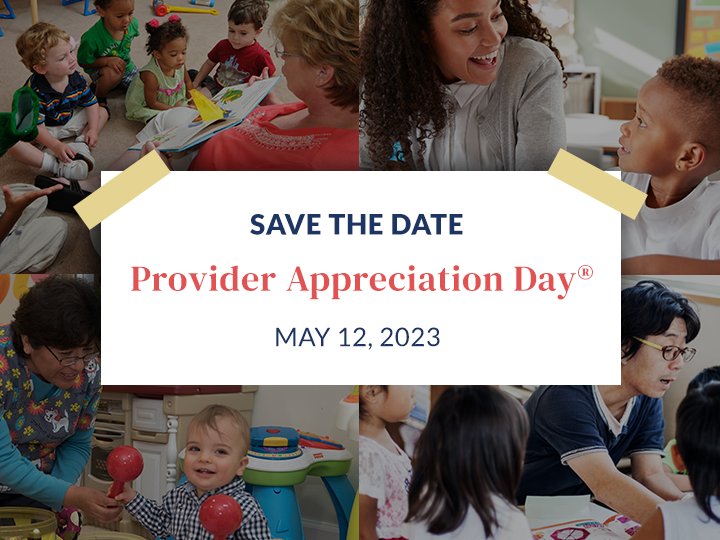.png?width=2240&height=1260&name=Untitled%20design%20(25).png)
Current Context
With the 118th Congress underway, the fight for affordable and accessible child care for all families continues. The political landscape of this Congress, which started on January 3, is different from the last and affects what is possible in terms of “big wins” and how we engage in advocacy around child care.
For at least the next two years, Congress will be divided with a Republican-controlled House of Representatives and Democrat-controlled Senate. This will make passing significant child care policy changes extremely difficult. We still expect to see major pieces of child care policy introduced and reintroduced in this Congress. Although these bills are unlikely to be passed, they still provide valuable opportunities to iron out legislative details, set priorities in Congress, and continue to garner political and public support for child care.
In addition, Congress is required to pass annual funding bills. One of the major priorities over the next two years will be to see increases in the Child Care and Development Block Grant (CCDBG) through the annual appropriations process. It is critical that we do not go backwards and advocate against any funding proposals that would decrease or flatline funding for CCDBG and other early education programs. Investments in child care and early learning work, and the need remains great.
The President and the administration continue to vocally support child care and preschool, most recently in the State of the Union address on February 7. The President’s budget is expected to be released in early March and initiates the annual budget process with a proposal of recommended spending levels for programs and agencies of the federal government. CCAoA has urged the President to continue to beat the drum for child care and include a significant increase for CCDBG in his proposed FY2024 budget. From there, House and Senate Committees on Appropriations will draft the bills that include actual funding amounts, and this is where we expect to see disagreements and where advocacy will be needed to secure increased funding.
Key Differences from the 117th Congress
One lever we are not expecting to see used over the next two years is the budget reconciliation process. Budget reconciliation is an optional tool in the annual budget process used for tax, spending, and debt limit legislation. It has the benefit of an expedited process in the Senate and only requires a simple majority of 51 votes to pass instead of 60 votes under regular order. To begin the reconciliation process, each chamber must pass identical budget resolutions containing reconciliation instructions directed at individual appropriations committees. It is not expected that the House and Senate would agree on a tax and spending proposal and therefore it is unlikely we will see reconciliation instructions in a budget resolution.
The use of the reconciliation process is what made the child care and early learning provisions in the Build Back Better (BBB) Act possible. There is no path forward to fund a child care proposal as large as BBB outside of the annual appropriations process without the use of budget reconciliation.
This is a major shift for the field, as so much of the last two years was spent advocating for large-scale child care investments that actually had the political landscape to pass. Our major priorities for this Congress are to secure increases for CCDBG in the annual appropriations process and continue raising awareness and support for outlets to bring a large sustainable investment for the field.
What this Means for Advocates
We’ve come a long way. A decade ago, few policymakers were talking about fixing the broken child care system or delivering on substantial child care investments to make that happen. We are not giving up. Securing additional federal funding for child care and early learning is part of the road ahead to larger change
With most federal COVID-19 relief funding required to be spent by states by this September, we need to continue making the case that investing in child care works. We saw that with a critical opportunity to invest in supply, quality and affordability of child care programs, states rose to the occasion to make much-needed improvements after decades of underfunding. Additional federal resources are still needed to continue improving the child care system while also continuing to invest in the CCDBG program we already have.
As of February 2023, we are early in the FY2024 appropriations process, and a new Congress means new elected officials. It is a great time for advocates to have introductory or educational meetings with new Members of Congress representing your district or state to share your on-the-ground expertise and discuss the need for additional investments in child care. It is also important to keep up your existing relationships with your Members of Congress so that they understand child care is still in urgent need of attention.
We know that investments in child care pay off and we cannot afford to be overlooked this Congress.
Contact your lawmakers below to support long-term child care investments.





